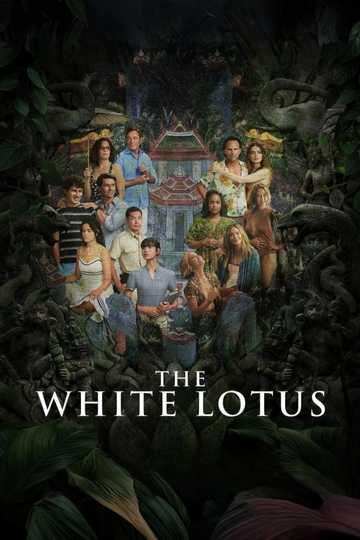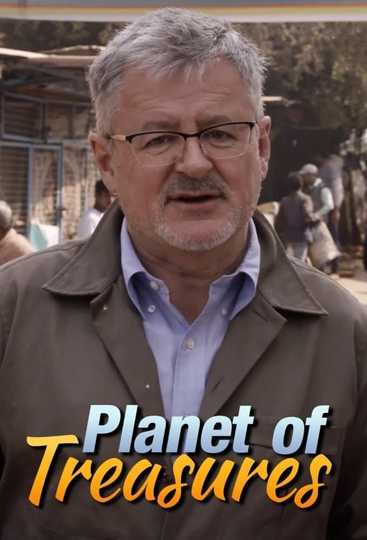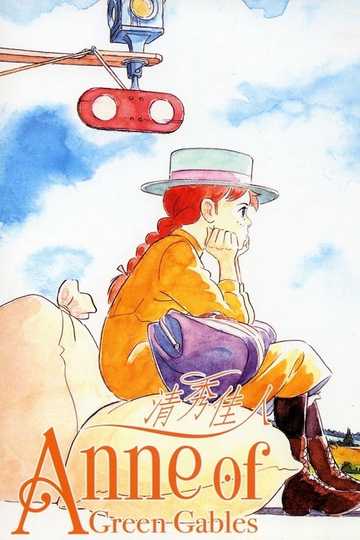Specials Episodes
1. India and Southeast Asia - presenterless version
In India and Southeast Asia, testimonies of ancient cultures can be discovered. “Planet of Treasures” shows how religions and foreign influence shaped these regions. The best places to understand Asian religiosity are Varanasi and Elephanta island in India. Especially on the island of Bali Hinduism arrived early on in Asia. Hinduism was also adopted by rulers such as the Khmer kings of Angkor in Cambodia. A special kind of Buddhism shaped Luang Prabang in Laos. India’s wealth, mainly accumulated by the Rajputs, had long attracted Islamic rulers. They erected the Mughal Empire with buildings like the Taj Mahal. The influence of the British colonial era is still highly visible in India. For Vietnam, there was no luck after the end of colonialism. Several wars devastated the country - the imperial citadel of Hue can testify to this.
2. Africa and Middle East - presenterless version
Africa and the Middle East were both home to great empires. “Planet of Treasures” shows the most mysterious places. The first example are the temples of Abu Simbel in Egypt. Trade also played an important role in world history. 3,500 years ago, nomadic Bedouin caravans passed through the Jordan desert and left their impressive marks there. Petra, the millennia-old city carved into the cliffs, was once the heart of an ancient network of trade routes. Ceremonial capital of the first world empire about 2500 years ago was Persepolis. The cities of Yazd and Isfahan are examples of trading metropolises. In Ethiopia the rock-hewn churches of Lalibela are testimonies of the ancient Ethiopian Orthodox church. The unique Swahili culture has developed in Lamu. The drop of bitterness here is the fact that Lamu was built by slaves.
3. Europe and Latin America - presenterless version
It was the spirit of discovery, missionary zeal and greed that led the Europeans to the so called New World. “Planet of Treasures” shows this development and visits ancient cultures in Latin America and the Galapagos Islands. In the Middle Ages the basis was created for Europe’s development. Local centres of power and economy grew and spread their ideas and their trading goods. Important cities like Paris, London or Venice developed the sciences. In the 15th century Europeans begin to probe the planet. There are journeys of discovery that then morph into campaigns of conquest. The victims were the Aztecs, the Maya, the Inca and thousands of slaves who were transported to Cuba. Europe’s rich cultural heritage, born out of a turbulent history, belongs to the entire world. But the history of colonization still haunts the Europe of today.











































